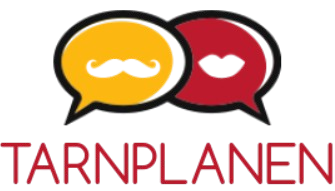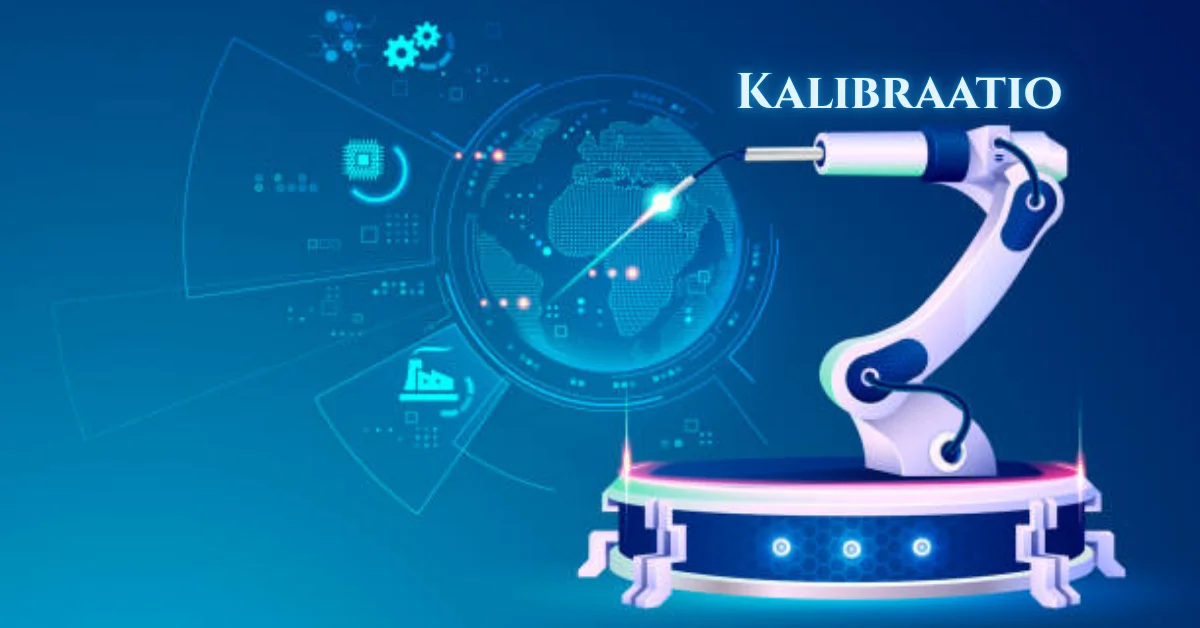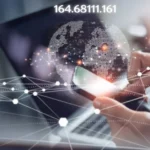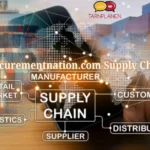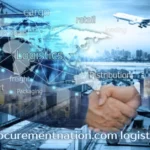Kalibraatio plays a pivotal role in ensuring precision across various fields. But what exactly does it mean? Fundamentally, kalibraatio involves checking and fine-tuning instruments and systems to maintain exact, trustworthy measurements. In an age where data drives decisions in science, technology, and industry, understanding kalibraatio is crucial for maintaining quality standards.
Imagine conducting groundbreaking research or manufacturing high-tech equipment without proper calibration—it could lead to disastrous results. From laboratories measuring minute quantities to factories producing millions of units, the impact of accurate measurements cannot be overstated. This blog delves into how kalibraatio underpins these critical processes and why neglecting it may compromise your work’s integrity.
Join us as we explore the nuances of kalibraatio, uncover its significance in different sectors, and learn how you can ensure precise outcomes through effective calibration practices. Whether you’re a scientist experimenting at the molecular level or an engineer designing cutting-edge technology, this guide will illuminate why kalibraatio should always be top of mind.
Understanding Kalibraatio: What is it and Why is it Important?
Kalibraatio, or calibration, is the process of adjusting and verifying the accuracy of instruments. It ensures that measurements are consistent and reliable across various applications.
At its essence, kalibraatio helps in establishing a reference point. This allows scientists, engineers, and technicians to make accurate comparisons between their results and established standards. From weighing scales to complex scientific equipment, every measuring tool benefits from this crucial step.
The importance of kalibraatio extends beyond mere numbers. Inaccurate readings can lead to faulty conclusions or product failures. In fields like healthcare or aerospace engineering, where precision is paramount, even minor discrepancies can have significant consequences.
Moreover, regular calibration fosters confidence among stakeholders. Whether it’s clients trusting a company’s output or researchers validating their findings—accuracy builds credibility in any discipline.
The Role of Kalibraatio in Science
Kalibraatio plays a pivotal role in the scientific realm. It ensures that measurements are accurate and reliable, which is crucial for experiments and research outcomes.
In laboratories, precision is everything. From measuring tiny quantities of chemicals to calibrating complex instruments, every detail matters. If calibration fails, results can lead scientists astray.
Moreover, kalibraatio fosters trust in findings. When data is derived from precisely calibrated equipment, it enhances credibility among peers and institutions alike. This reliability supports advancements in various fields such as chemistry, biology, and physics.
Lacking precise calibration can undermine revolutionary research, causing critical findings to collapse when rigorously examined. The true value of kalibraatio extends beyond numerical accuracy, fueling progress, discoveries, and technological advancements.
The Impact of Kalibraatio in Technology and Industry
Kalibraatio plays a vital role in technology and industry, ensuring precision in every process. From manufacturing to quality control, calibrated instruments are essential for achieving consistent results.
In the automotive sector, for instance, accurate measurements can significantly affect safety and performance. Proper calibration of tools helps maintain strict tolerances required for parts assembly.
Electronics also rely heavily on kalibraatio. Devices must meet specific standards to function efficiently. Calibration ensures that sensors and devices operate correctly under various conditions.
Pharmaceuticals benefit from precise measurement too. Accurate dosing of medications is critical to patient safety. Performing routine calibration minimizes measurement errors, preventing issues that could cause significant risks or failures.
As industries evolve with advanced technologies like AI and IoT, the importance of kalibraatio becomes even more pronounced. It lays the groundwork for innovation while maintaining reliability across all sectors.
Types of Instruments and Systems That Require Calibration
Precise calibration plays a vital role in ensuring different instruments and systems deliver consistent, dependable results. Many scientific devices, such as spectrophotometers and mass spectrometers, need precise calibration to deliver reliable results.
Medical equipment like blood glucose meters or ultrasound machines also depend on accurate measurement for patient safety. Any deviation can lead to misdiagnoses or incorrect treatment plans.
In industrial settings, weighing scales and pressure gauges play crucial roles in production processes. Calibration ensures these tools function accurately, minimizing waste and enhancing product quality.
Environmental monitoring instruments are another critical category. Devices that measure air quality or water purity must be calibrated regularly to ensure compliance with regulations and protect public health.
Aerospace instruments require the highest level of precision. Navigation systems in aircraft rely heavily on calibrated sensors to operate safely under varying conditions.
The Process of Kalibraatio: Steps and Techniques
Kalibraatio involves a systematic approach to ensure accuracy. The process begins with selecting the right standards or reference materials. These should be traceable to national or international standards.
Next, prepare the instrument for calibration. This might include cleaning and warming up equipment. A well-prepared device yields more reliable results.
The actual calibration phase follows, where measurements are taken under controlled conditions. Compare these readings with established benchmarks.
Document everything meticulously during this stage. Record discrepancies and adjustments made for future reference.
Periodic recalibration checks are essential to maintain precision over time. Keeping a regular schedule ensures instruments remain reliable in their performance, adapting as technology evolves.
How to Ensure Accurate Results Through Regular Kalibraatio?
To ensure accurate results through regular kalibraatio, start by establishing a clear calibration schedule. This helps you stay on track and prevents delays in your projects.
Next, use certified reference standards that are traceable to national or international measurements. These standards provide a reliable benchmark for comparison.
Document every calibration process meticulously. This includes the date, conditions, and results of each calibration session. Such records are vital for quality control and audits.
Training personnel involved in kalibraatio is equally important. Ensure they understand both the procedures and the significance of accuracy in their work.
Review your processes periodically to identify any potential areas for improvement. Continuous assessment can lead to enhanced accuracy over time while safeguarding against errors that may arise from outdated practices or equipment.
Challenges and Solutions in the World of Kalibraatio
Kalibraatio faces several challenges, primarily due to the complexity of instruments and systems. Fluctuating environmental factors often disrupt accuracy, causing inconsistencies in measurement results. This issue is significant across different industries, from pharmaceuticals to manufacturing.
Another challenge is human error during calibration procedures. Even slight mistakes can result in substantial inaccuracies. Training personnel adequately becomes essential for mitigating this risk.
Maintaining compliance with industry standards adds another layer of difficulty. Regulations often change, requiring ongoing education and adaptation by professionals involved in kalibraatio.
To tackle these issues, technology plays a crucial role. Automated calibration systems help reduce human error while ensuring consistency. Additionally, implementing predictive maintenance strategies can anticipate equipment failures before they occur.
Investing in continuous training programs empowers staff to stay ahead of evolving practices and regulations. These combined efforts promise more reliable outcomes in the world of kalibraatio.
Future Developments in the Field of Kalibraatio
The future of kalibraatio holds exciting prospects, driven by advancements in technology. Innovations such as AI and automation are revolutionizing how calibration is performed, making it smarter and more efficient. These innovations promise enhanced precision and efficiency.
Smart sensors equipped with real-time data analytics will likely dominate the industry. They can continuously monitor performance, reducing the need for manual adjustments. This shift could lead to significant cost savings across various sectors.
Moreover, calibration as a service (CaaS) is gaining traction. Companies may increasingly outsource their calibration needs to specialized providers who utilize cutting-edge techniques.
Sustainability also plays a crucial role in shaping future developments in kalibraatio. Eco-friendly materials and energy-efficient methods are becoming more prevalent, aligning with global environmental goals.
As industries evolve, the demand for innovative calibration solutions will rise. Keeping pace with these changes is essential for maintaining accuracy and reliability in scientific measurement systems.
Conclusion
Kalibraatio plays a pivotal role in ensuring accuracy across various fields. Its role is fundamental, forming the foundation of precise measurements and ensuring unwavering data reliability. From scientific research to industrial applications, precise calibration determines outcomes that can affect safety, efficiency, and innovation.
Understanding the types of instruments that require kalibraatio helps us appreciate its widespread application. Regularly calibrating equipment ensures accurate results and maintains compliance with industry standards.
Despite challenges such as technological advancements or evolving regulations, solutions are emerging to address these issues effectively. As we look toward future developments in kalibraatio, embracing new technologies will enhance our ability to achieve unparalleled precision.
The commitment to quality through regular kalibraatio is essential for anyone involved in science or industry. Prioritizing this practice not only fosters trust but also drives progress forward into uncharted territories of accuracy and reliability.
The journey of knowing never ends—continue the adventure on our homepage.
